Week 5
3D Scanning and printing
Assignment
* Design and 3D print an object (small, few cm) that could not be made subtractively get it done quickly. Make a test lab. Has to have nesting - overheads.
* 3D scan an object (and optionally print it)
I decided to design rings since I teach silversmithing and I´m interested in jewlery plus it´s small. I wanted to see if I could possibly make prototypes for casting.
I started by doing some tests in shapeshifter. It´s very easy and fun to play around with and perfect beginning software for my students into 3D.
Two out of four rings came out pretty good - the two in the back of the picture below and one in the front to the right didn´t print at all. The picture below is the one in
the front to the left.
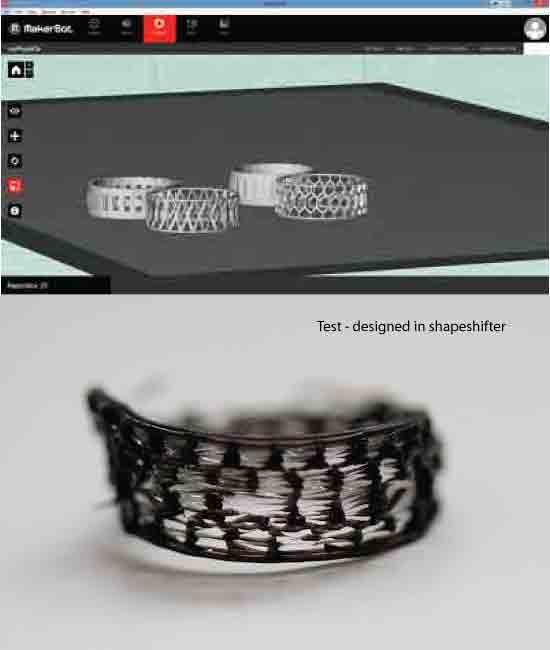
I played around it Tinkercad which is very easy to figure out and have fun with.
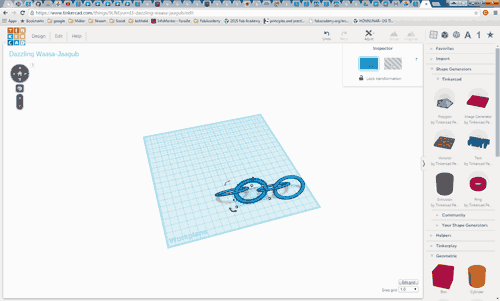

I started working in blender but it was not very logical and I had a hard time figuring out the size of my objects so I did most of my
work in sRhino. I found really good tutorials on YouTube with this lady Khay.

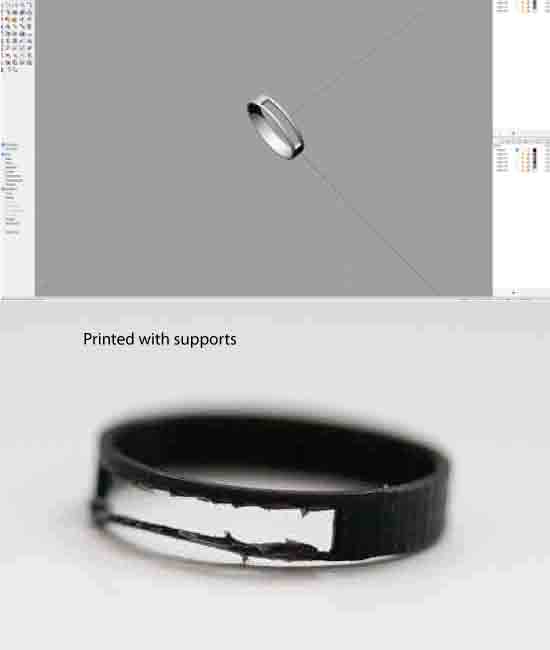
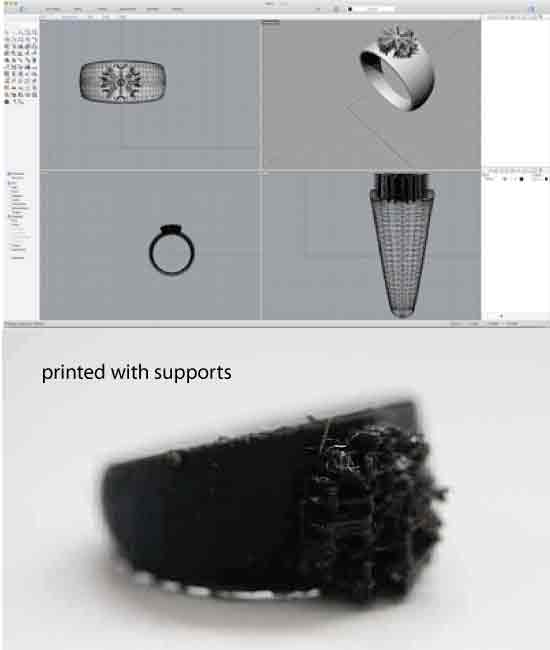
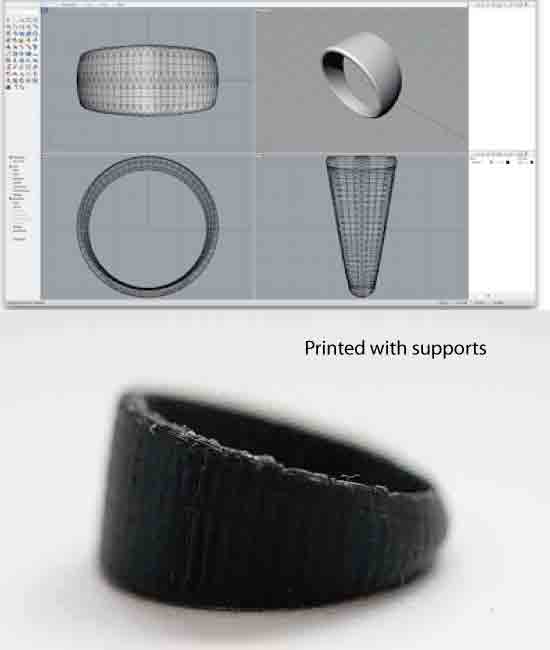
I checked my files in netfab which worked fine except I couldn´t fix one file. I opened it again in Rhino and found it had some flaws so I redesigned it and everything went well. I printed all these rings together with supports and some of them came out pretty good. I would have liked to print out some of the rings again without supports but I didn´t have time.
3D Scanning
I placed a plastic nose on top of a newspaper and walked around it and took pictures (40 pictures) and then I put it into 123D Catch. A very successful failure - a difficult object to scan this way.
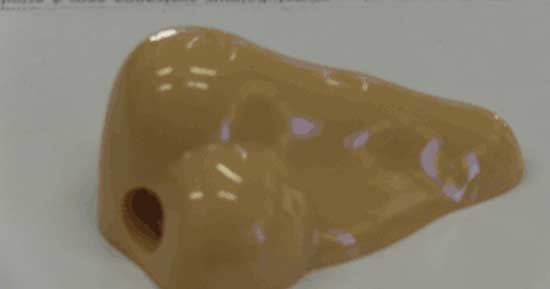
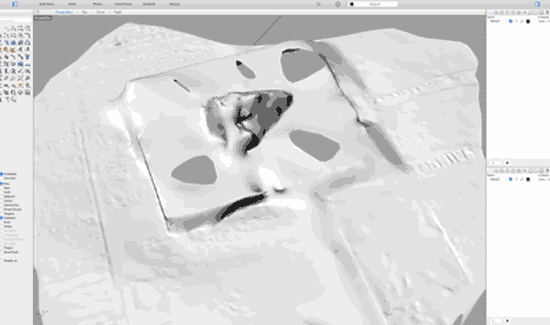
Reconstruct me - cleaned up in Rhino. I forgot at first to choose selfie which made it a bit difficult but as soon as I chose selfie it was easy.
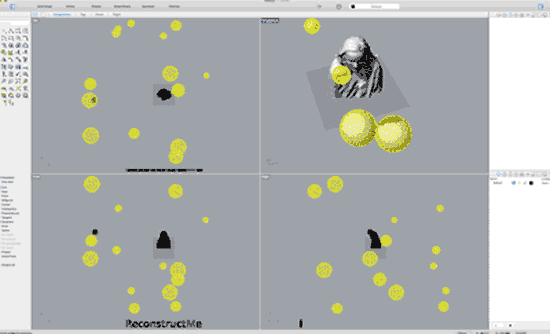

Lecture from Neil
additive vs subtractive processes
printing
constraints link to a test file
materials
ABS, HIPS, acrylic, PLA typical materials
resolution 0.01mm
time slow
cost expensive
supports machine builds supports - needs supports removal
post-processing
wall and edge thickness
fills need to design so the filament is not too thin - feature size of the filament. Do a design test. To understand the minimum everything. Check for fills in order to cut as little as possible. Be aware of all the constraints that the printer has
processes
stereolithography highest resolution process
fused-deposition molding
additive v
ink-jet binder you can print in color - beautiful
multi-jet modeling
cut sheets
selective laser sintering expensive - metal - highest performance
two photon micro scale parts
digital machines
RepRap machine that makes machines.
Ultimaker reducing the moving mass -
MakerBot
Formlabs creates highest resolution for consumer printing. Best resoluton but messy.
MTM become many things.
file formats
STL it can only do one thing - triangles - you need to mesh your design - get triangles.
ASCII
solid object_name
facet normal n1 n2 n3
outer loop
vertex v11 v12 v13
vertex v21 v22 v23
vertex v31 v32 v33
endloop
endfacet
...
endsolid object_name
binary almost always used
80 byte ASCII header
32-bit integer number of facets
50 byte facet records
32-bit IEEE floats
normal
vertices 1,2,3
2 byte attribute
right hand rule
normal (optional)
AMF it´s not clean format - attempt to replace STL
OBJ, 3ds, DXF
VRML, X3D for the web but never took off.
PLY add color to the triangles.
FREP, BREP best format for 3D
adaptively-sampled distance fields sample.f
volumetric
.vol, .tiff, .gif
marching cubes
fab modules vol_gif gif_stl gif_png
software
123D
SketchUp
Inventor
SolidWorks
Rhino Grasshopper
Blender
FreeCAD
OpenSCAD
antimony
VTK
MeshLab netfabb meshmixer need a mesh with no holes in it. Do surgery on your meshes. (Autodesk)
GeomagicReplicatorG Skeinforge Slic3r Cura turn it into a path for the machine in order to make the design. Look into a lot of details.
scanning frustrating process
point cloud, triangulation, watertight, texture
tomography Radon transform micro-CT
scanned probe
confocal light source with a lens
serial sections slice your object and image it. destructive
opacity milk scanner - take and object and then pour opak luiqid and pour over it
digitizer arm - just wants to scan the relevant points.
laser where the beam went out and where it hit
lidar send out a laser -
array illumination
time of flight peeko second timing
photogrammetry 123D Catch PhotoScan most used - take lots of picture and then the software takes the pictures and figures it out - similar but interpretation of the object.
speckle OpenKinect ReconstructMe Sense make random dot pattern - work out the geometry - easiest
structured light structured light - webcam and a projector - putting out a gray code - illuminating the object. using the paramex between them.
light stages
SLAM
